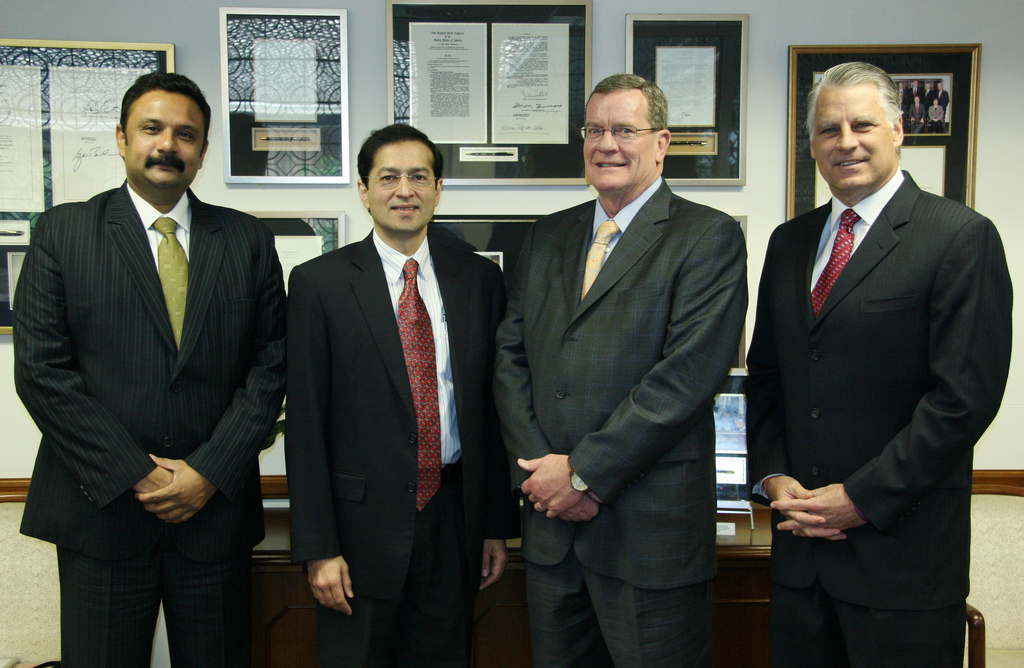Your company is a global one positioned for the 21st century. Your employees come from many countries and they speak several different languages. You need to make sure you have the right employees to take the company where it needs to go.
These kinds of assessments can be career-defining for your global staff, so it’s critically important to deliver a fair and balanced test to all, regardless of their native language. Here are some things you need to know.
People like to think of translation as an art, but translating assessment instruments into multiple languages is a science.
Eliminating the impact of translation on the functioning of each test item is a challenge best met by specialist testing translators. (Yes, there is such a beast.) A plan that incorporates in-country expertise, a double edit and/or back translation will result in translation of the highest quality — in that language. However, additional steps are required since quality alone may not be sufficient to ensure consistency in meaning and difficulty across translations. Why?
First, each team is linguistically isolated, working only from English to the target language, so they will be unable to evaluate other translations as native speakers.
Second, translation editors are trained to edit, and the style of the original translator will be preserved to at least some degree so long as the initial translation is not rejected by editors. Back translation will reflect the same process, and introduce a new layer of bias as the second translator contributes their particular world view to the process.
This complicates the problems for reviewers too. They don’t know what is going on in the other languages. Back translation is sometimes used as a workaround to allow everyone to review content in English, but it is a blunt instrument. Subtle meaning or nuance lost in translation may not be found.
“When tests are translated from one language to another, they do not necessarily retain their psychometric properties,” say Ellen Stubbe Kester and Elizabeth D. Peña from the University of Texas at Austin. “Translating a test from one language to another — typically from English — may mean that items are organized by order of English difficulty, rather than reflecting the developmental order of the target language.”
The conceptual analysis that begins test development should be extended to other languages right from the start.
Later in the process, language teams will integrate the goals of the test designers into their analysis of language balance. And instead of just comparing a single language pair target and source, reviewers will look at elements of all languages to minimize linguistic drift across the board.
That’s why it’s important to look out for:
- Changes in logical structure imposed by the rules of grammar in diverse sets of languages.
- Skewed meaning based on word-choice differences from language to language.
- Vocabulary difficulty, again based on word-choice differences from language to language.
There are a number of methods that can be incorporated into the work plan to mitigate the impact of the above factors on cross-language consistency. They include:
- Use of a translation quality measurement model such as the Localization Industry Standards Association QA model to count and measure the severity of any variables, thus allowing a quantitative evaluation.
- Use of word frequency counters to check terminology usage in translations against general terminology usage in the target languages.
- Use of Flesch-Kincaid readability tests to test the difficulty of grammatical constructions from language to language. However, Flesch-Kincaid equivalency has not been established in all languages.
The degree to which these methods are incorporated in the workflow will be driven by cost and your evaluation on what best suits your requirements. However, at Responsive Translation it is our mission to translate for your audience, and we want to take every measure we can to ensure that every employee at your company takes the same test, no matter what language they speak.

